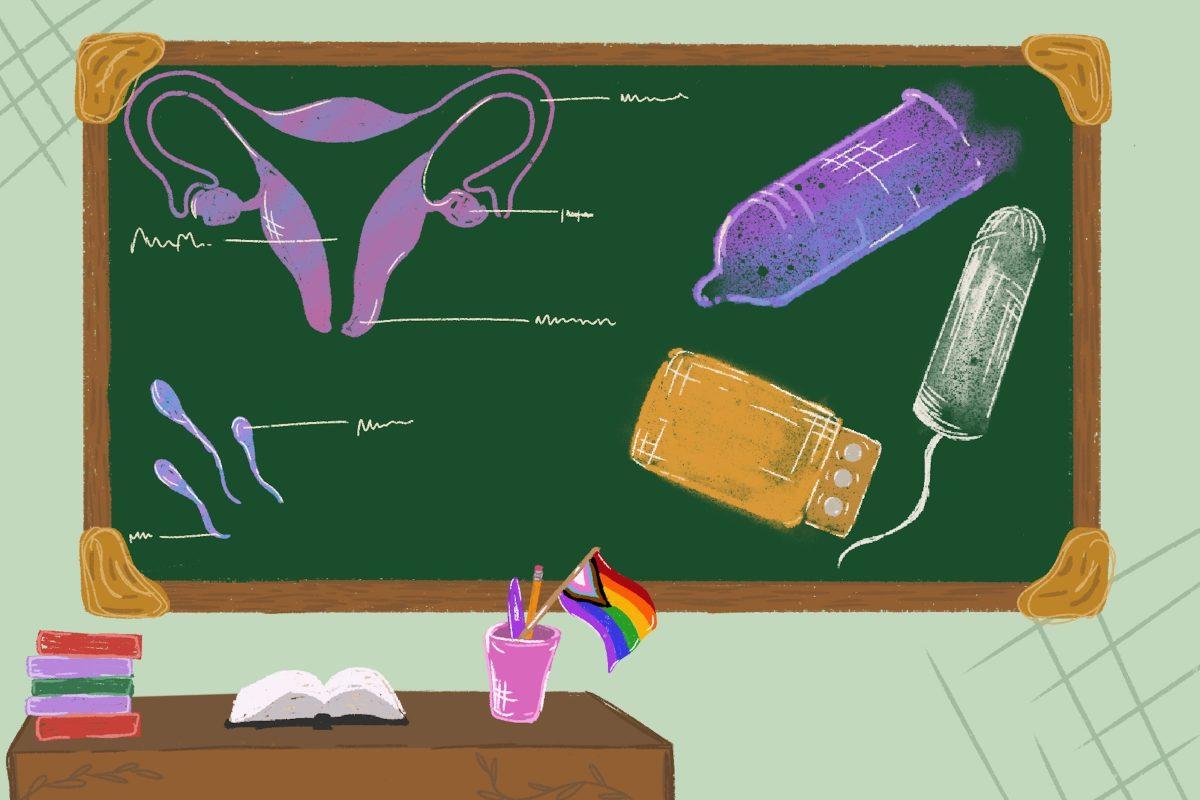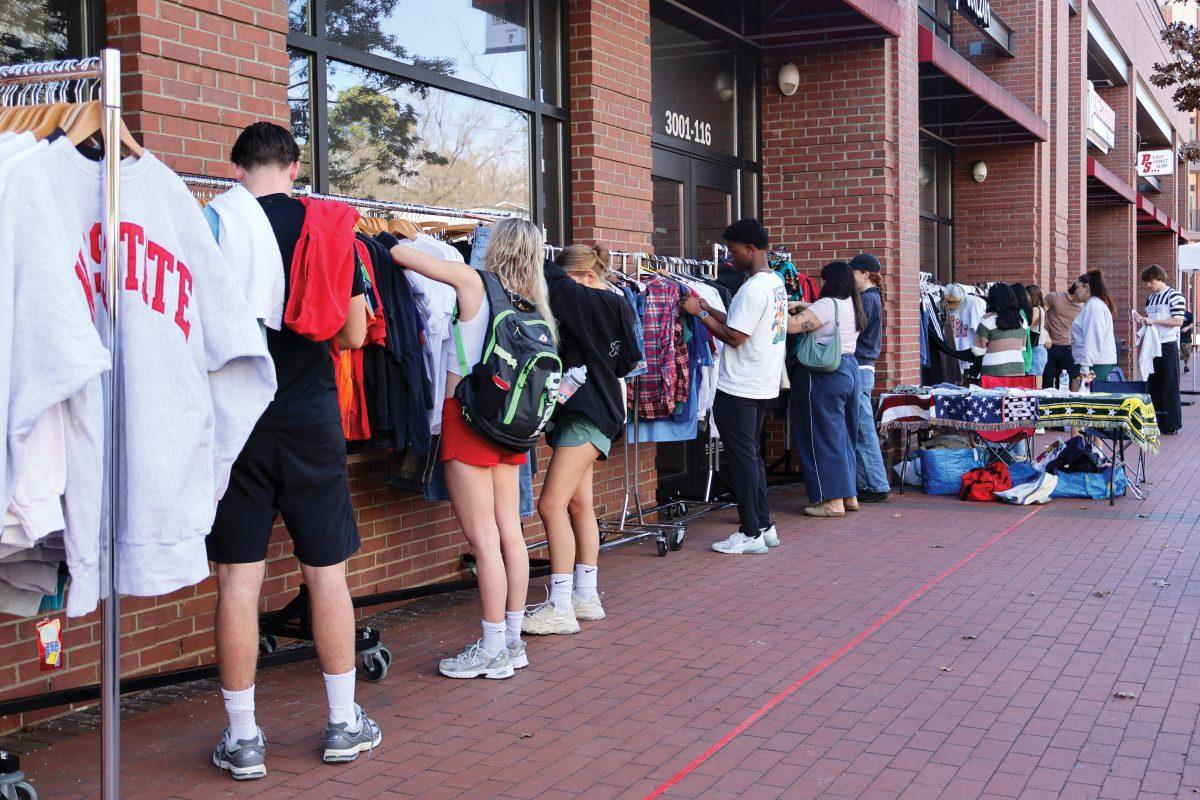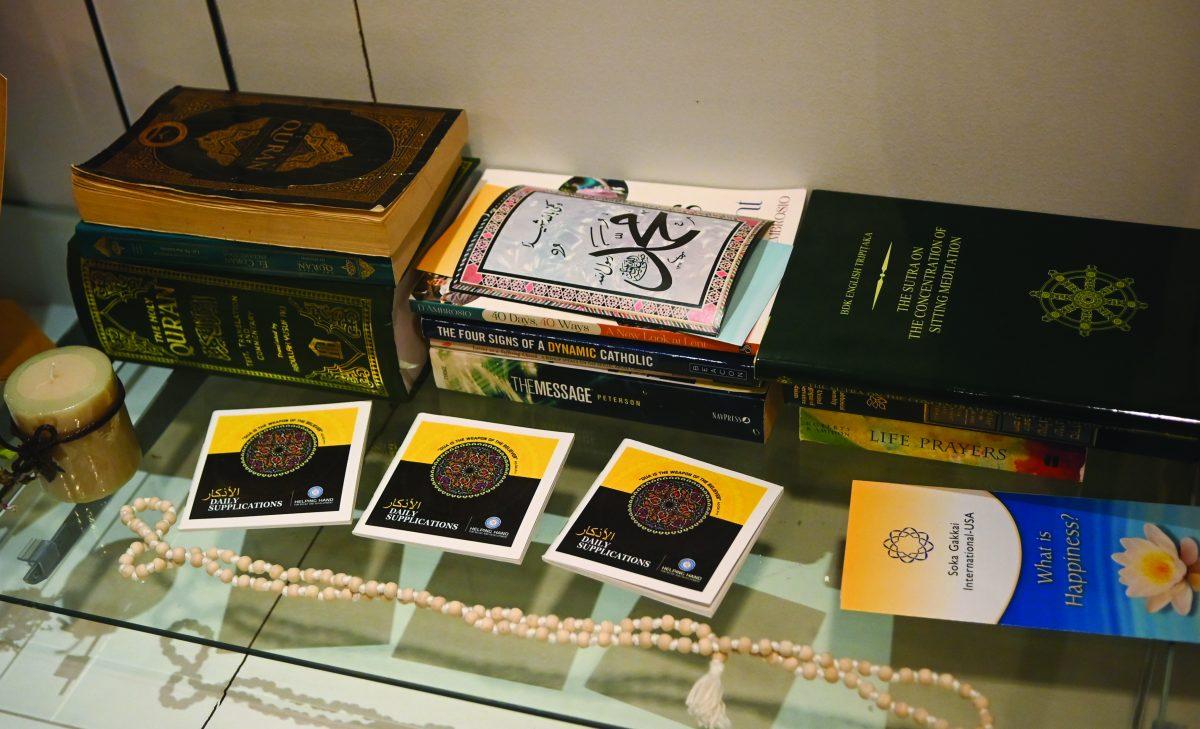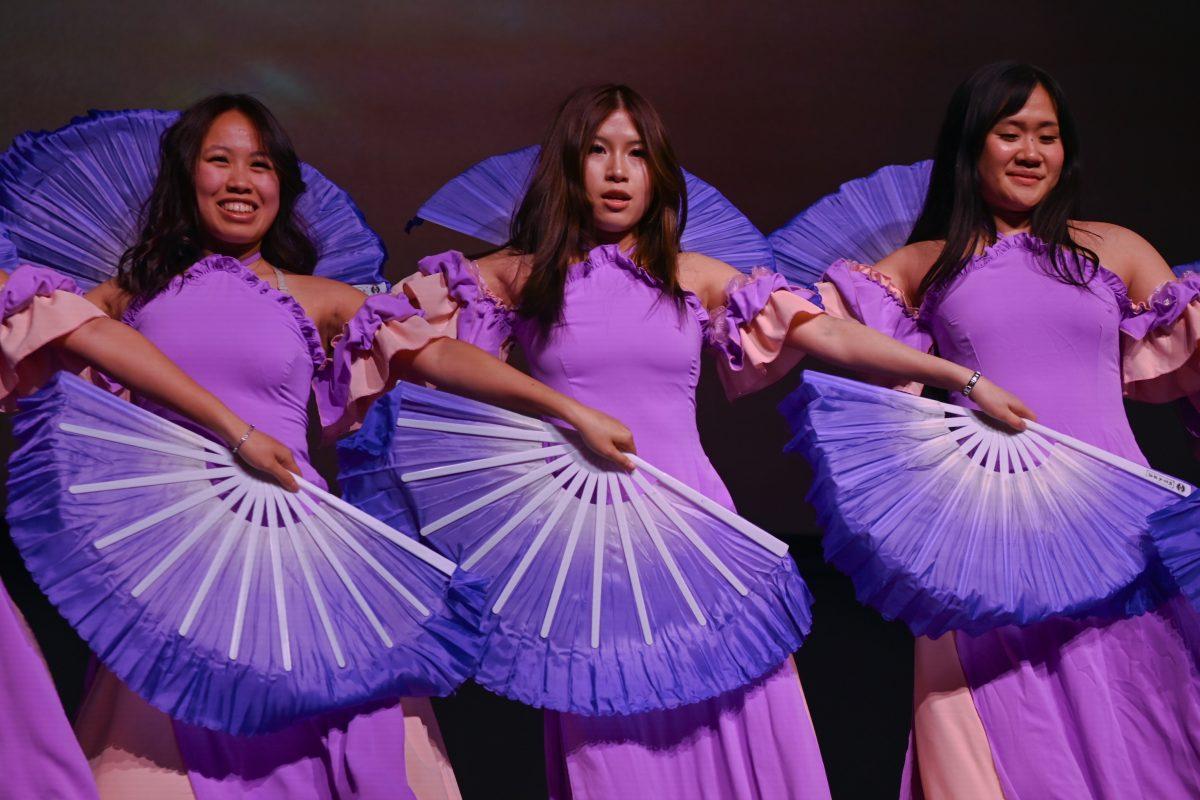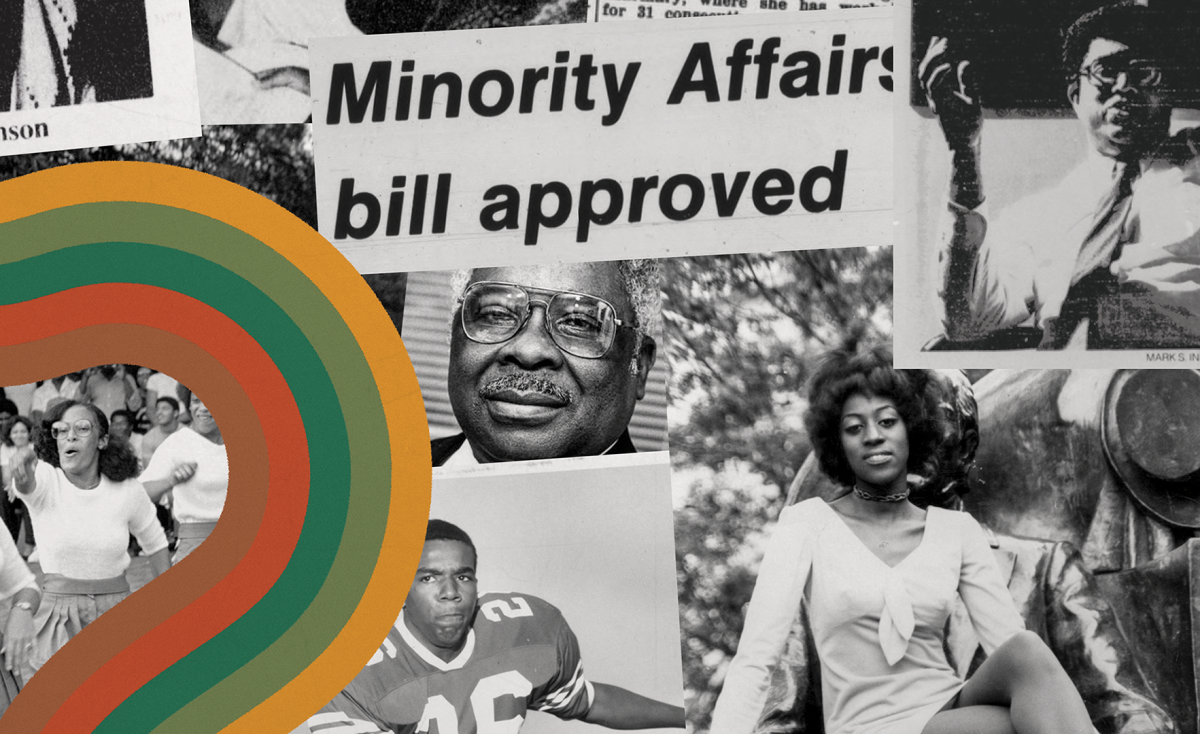For some students, the idea of sex education brings back memories of middle school class discussions on abstinence, outdated and boring videos explaining how babies are made and PowerPoints describing the most marketed forms of protection: the birth control pill and condoms. These assumptions regarding sex education demonstrate that for many students, it hasn’t been taught effectively or at all.
“From what I remember, [sex education] was very much not talked about heavily,” said Travis Espinoza Mundo, a second-year studying elementary education. “I just got like, ‘This is X. Here’s the parts. This is what happens. Here’s the negatives. Here’s a protection and another protection,’ but there’s not much.”
Let’s get real about what sex is
One of the main things students agreed on is the fact that we should stop seeing sex as just a means for reproduction, because it’s not.
Brianna Brandle, a fourth-year studying psychology, said a lot of discussion surrounding sex concerns reproduction only.
“Yes, that’s a thing,” Brandle said. “But also, sex is not just about reproduction. Sex is about relationship dynamics.”
By perceiving sex as only a means to reproduce, we are promoting the abstinence-only ideology, which elicits judgment and shame around premarital sex. But sex happens, even before marriage, as a physical bonding activity that is an important part of many relationships. Sex education should be more comprehensive and include the non-reproductive aspect of sexual relationships.
“In high school, I would have liked to have more of an intersectional perspective on sex and how it’s not just something that’s in the bedroom, it’s something that affects people’s lives,” said Maeve Hennessy, a third-year in international studies.
If we talk about sex, we should be inclusive
We should stop pretending that sex only happens between men and women. Instead, sex education should be taught from an intersectional perspective that includes all races, genders and sexual orientations.
Sexuality wasn’t a main focal point in sex education for some LGBTQ students, as their identities weren’t addressed in class discussions about sex.
“Someone in my biology class for high school asked about intersex individuals,” Brandle said. “I will always remember the teacher saying, ‘I’m sorry, I legally cannot answer that question.’”
It’s important to allow everyone to ask questions and to be curious without judgment or restriction, since limiting sex education to a heteronormative perspective adds yet another layer of hardship for the LGBTQ community to overcome.
“If you don’t include those conversations about how sex is different, based on who you are and what your identity is, you’re really taking away an opportunity for those people to be safe,” Hennessy said.
Having safe sex
Although safety has been one of the most frequently discussed topics in sex education, it’s important to recognize how birth control can affect women.
“Everyone’s like, ‘just take birth control,’ but they don’t talk about the implications that has on the people taking birth control,” said Jajhayra Fonceca-Roque, a second-year studying political science.
Simply looking at the double-sided information leaflet that comes inside the packages of birth control pills reveals a huge list of potential side effects that women face when taking it. Discussing these side effects more often can help educate women who are unsure about taking it.
Sex is empowering
Sex is power. Knowledge about sex is power.
“If I have knowledge about my own sexuality, my own needs, my own wants, my own desires, I have the power to go out and seize that opportunity,” Hennessy said. “And, you know, that means probably not relying on as many male-dominated institutions anymore and not relying on interpersonal relationships that don’t fulfill our needs.”
Teaching comprehensive and accurate sex education can help individuals become sexually empowered, provide them the knowledge to make healthy informed decisions and respect their needs and desires.
Ultimately, what students wish for is a safe environment in which conversations about sex and sexuality start happening — not only in classrooms, but in everyday life, taking every individual into account.


